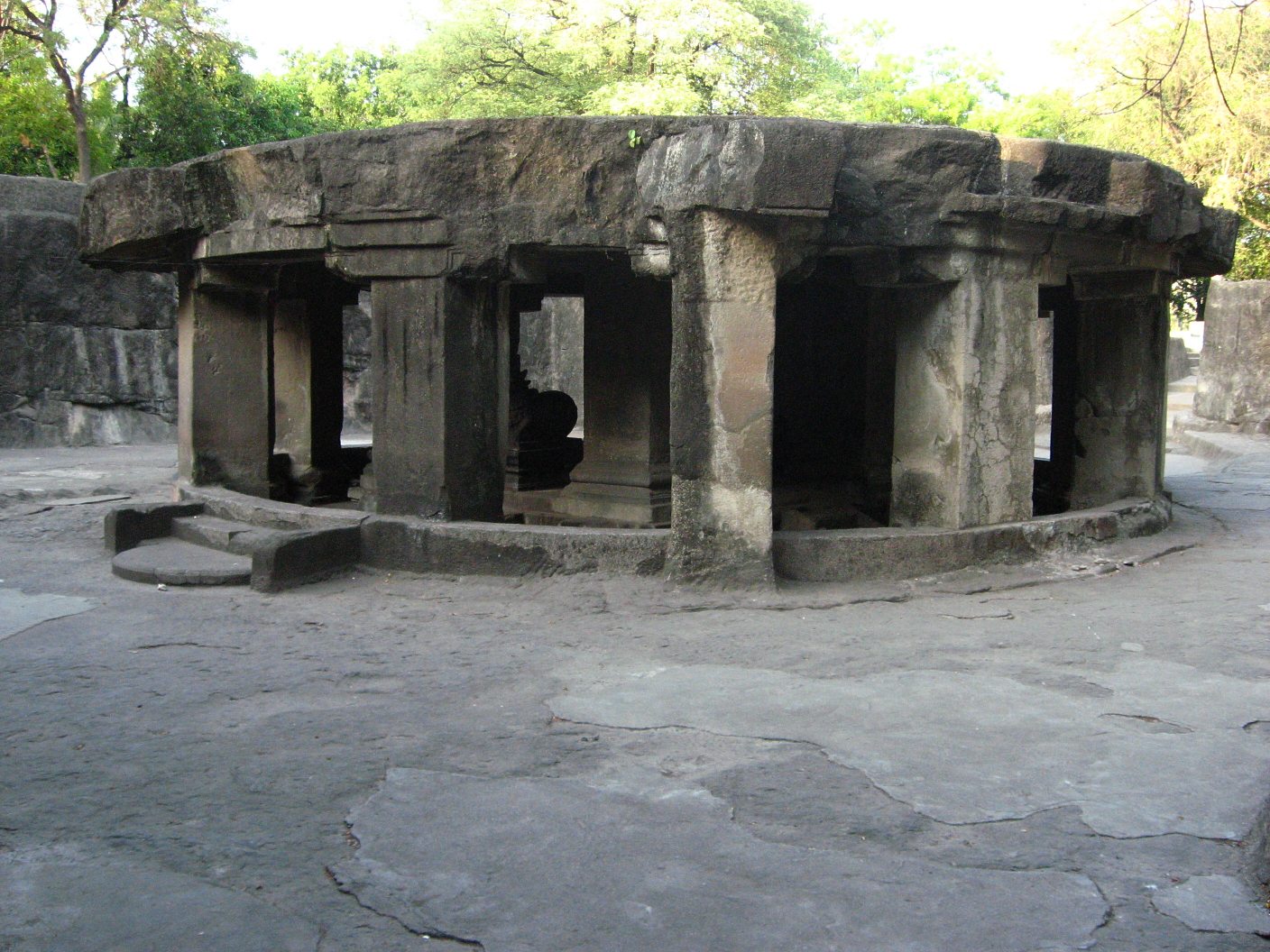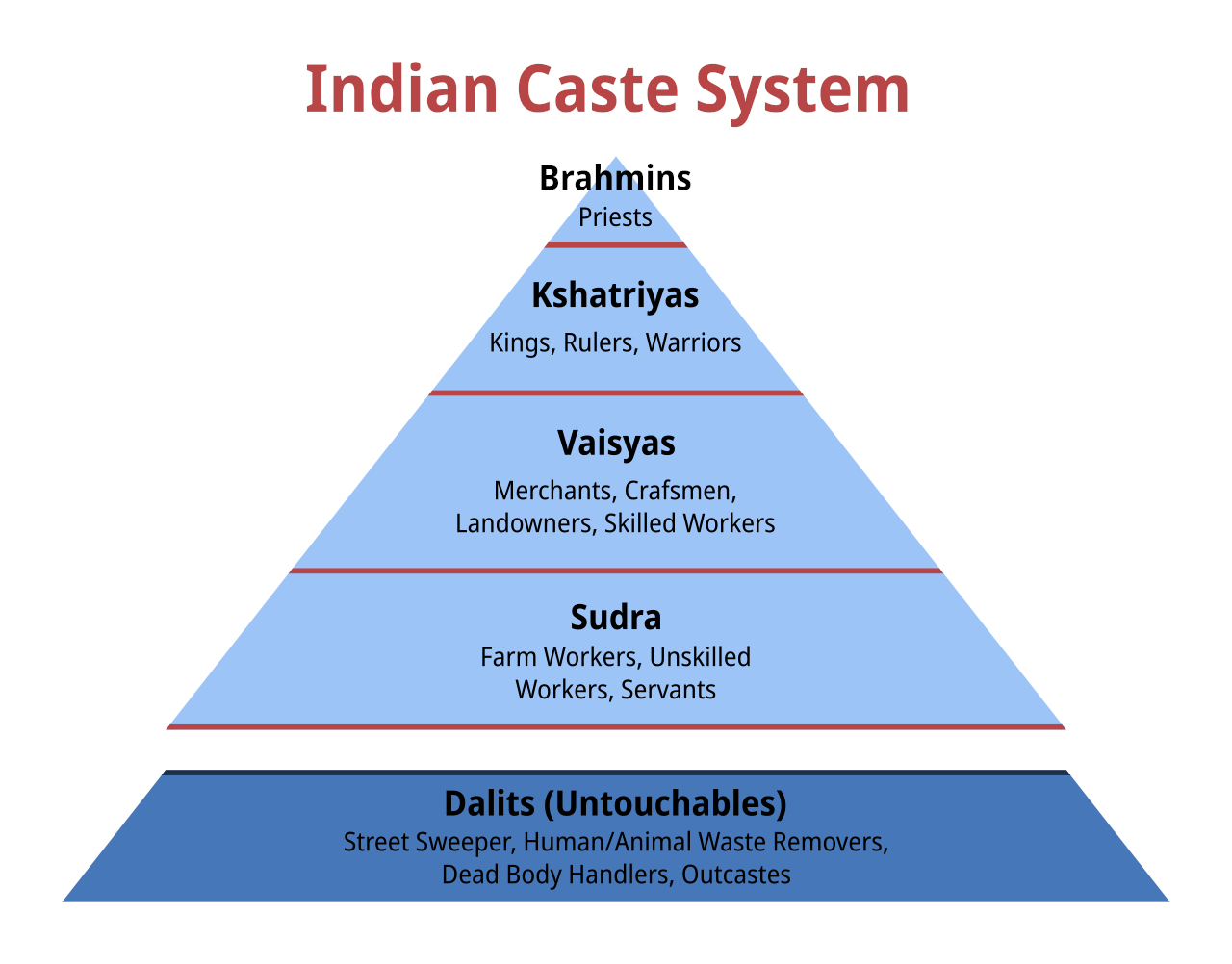|
Rasta Peth, Pune
Rasta Peth is the oldest neighbourhood located in the city of Pune, India. The name is derived from the name of Raste who was a relative of Peshwa’s in the Maratha Empire. Rasta Peth is a centralized location in the city. Doctors' offices and a library are located in the neighborhood. There is a Dalit community there. Christian missionaries served the community during the British Raj. Places such as Pune Railway Station, Camp, Shaniwar Wada, Dagadusheth Halwai Ganapati Temple The Dagadusheth Halwai Ganapati Temple is a Hindu temple dedicated to the Hindu god Ganesha (Ganapati) in the city of Pune, India. The temple is visited by over one hundred thousand devotees every year. A large number of devotees visit the temple ..., Laxmi Road, Bund Garden are within a ten minutes' drive by motor vehicle. References Peths in Pune {{Pune-geo-stub ... [...More Info...] [...Related Items...] OR: [Wikipedia] [Google] [Baidu] |
Pune
Pune ( ; , ISO 15919, ISO: ), previously spelled in English as Poona (List of renamed Indian cities and states#Maharashtra, the official name until 1978), is a city in the state of Maharashtra in the Deccan Plateau, Deccan plateau in Western India. It is the administrative headquarters of the Pune district, and of Pune division. In terms of the total amount of land under its jurisdiction, Pune is the largest city in Maharashtra, with a geographical area of 516.18 sq km, though List of cities in India by population, by population it comes in a distant second to Mumbai. According to the 2011 Census of India, Pune has 7.2 million residents in the metropolitan region, making it the List of metropolitan areas in India, seventh-most populous metropolitan area in India. The city of Pune is part of Pune Metropolitan Region. Pune is one of the largest IT hubs in India. It is also one of the most important Automotive industry in India, automobile and Manufacturing in India, manufacturin ... [...More Info...] [...Related Items...] OR: [Wikipedia] [Google] [Baidu] |
Peshwa
The Peshwa was the second highest office in the Maratha Empire, next in rank and prestige only to that of the Chhatrapati. Initially serving as the appointed prime minister in the Maratha Kingdom, the office became hereditary when Shahu gave the seat of Peshwa to Bajirao I, Bajirao Ballal. During the reign of Shahu, the office of Peshwa grew in power and the Peshwas came to be the ''de facto'' rulers of the Maratha Confederacy. Eventually, the Chhatrapati title became titular and the main heads were the Peshwas according to the Sangola pact. All Peshwas during the rule of Shivaji, Sambhaji and Rajaram I, Rajaram belonged to Marathi people, Marathi Deshastha Brahmin community. The first Peshwa was Moropant Trimbak Pingle, Moropant Pingle, who was appointed as the head of the Ashta Pradhan (council of eight ministers) by Shivaji, the founder of the Maratha Kingdom. The initial Peshwas were all ministers who served as the chief executives to the king. The later Peshwas held the h ... [...More Info...] [...Related Items...] OR: [Wikipedia] [Google] [Baidu] |
Maratha Empire
The Maratha Empire, also referred to as the Maratha Confederacy, was an early modern India, early modern polity in the Indian subcontinent. It comprised the realms of the Peshwa and four major independent List of Maratha dynasties and states, Maratha states under the nominal leadership of the former. The Marathas were a Marathi language, Marathi-speaking peasantry group from the western Deccan Plateau (present-day Maharashtra) that rose to prominence under leadership of Shivaji (17th century), who revolted against the Bijapur Sultanate and the Mughal Empire for establishing "Hindavi Swarajya" (). The religious attitude of Aurangzeb, Emperor Aurangzeb estranged Kafir, non-Muslims, and the Deccan wars, Maratha insurgency came at a great cost for his men and treasury. The Maratha government also included warriors, administrators, and other nobles from other Marathi people, Marathi groups. Shivaji's monarchy, referred to as the Maratha Kingdom, expanded into a large realm in the 18th ... [...More Info...] [...Related Items...] OR: [Wikipedia] [Google] [Baidu] |
Dalit
Dalit ( from meaning "broken/scattered") is a term used for untouchables and outcasts, who represented the lowest stratum of the castes in the Indian subcontinent. They are also called Harijans. Dalits were excluded from the fourfold varna of the caste hierarchy and were seen as forming a fifth varna, also known by the name of ''Panchama''. Several scholars have drawn parallels between Dalits and the '' Burakumin'' of Japan, the '' Baekjeong'' of Korea and the peasant class of the medieval European feudal system. Dalits predominantly follow Hinduism with significant populations following Buddhism, Sikhism, Christianity, and Islam. The constitution of India includes Dalits as one of the Scheduled Castes; this gives Dalits the right to protection, positive discrimination (known as reservation in India), and official development resources. Terminology The term ''Dalit'' is for those called the "untouchables" and others that were outside of the traditional Hindu caste ... [...More Info...] [...Related Items...] OR: [Wikipedia] [Google] [Baidu] |
British Raj
The British Raj ( ; from Hindustani language, Hindustani , 'reign', 'rule' or 'government') was the colonial rule of the British The Crown, Crown on the Indian subcontinent, * * lasting from 1858 to 1947. * * It is also called Crown rule in India, * * * * or direct rule in India. * Quote: "Mill, who was himself employed by the British East India company from the age of seventeen until the British government assumed direct rule over India in 1858." * * The region under British control was commonly called India in contemporaneous usage and included areas directly administered by the United Kingdom of Great Britain and Ireland, United Kingdom, which were collectively called ''Presidencies and provinces of British India, British India'', and areas ruled by indigenous rulers, but under British British paramountcy, paramountcy, called the princely states. The region was sometimes called the Indian Empire, though not officially. As ''India'', it was a founding member of th ... [...More Info...] [...Related Items...] OR: [Wikipedia] [Google] [Baidu] |
Pune Station
Pune Junction railway station (station code: PUNE) is the main railway junction of the city of Pune, India. It is one of the major railway junctions in Maharashtra. Pune Junction consists of 6 platforms. It also has a suburban train network. It has two accesses, from HH Aga Khan Road on the south and Raja Bahadur Mills Road on the north. Pune Police and Central Reserve Police Force serve the station. History The first passenger train in India ran on 16 April 1853 on the track laid by the Great Indian Peninsula Railway from Chhatrapati Shivaji Maharaj Terminus in Mumbai to . The GIPR line was extended to in 1854, then on the south-east side to via Palasdari railway station at the foot of the Western Ghats in 1856. While construction work was in progress across the Bhor Ghat, GIPR opened the – track to the public in 1858. The Pune railway station opened in 1858. The Bhor Ghat incline connecting Palasdari to Khandala was completed in 1862, thereby connecting Mumbai and Pun ... [...More Info...] [...Related Items...] OR: [Wikipedia] [Google] [Baidu] |
Shaniwar Wada
Shaniwar Wada is a historical fortification in the city of Pune, India. Built in 1732, it was the seat of the Peshwas of the Maratha Confederacy until 1818. The fort itself was largely destroyed in 1828 by an unexplained fire, but the surviving structures are now maintained as a tourist site. History The Shaniwar Wada was normally the seven-story capital building of the Peshwas of the Maratha Empire. It was supposed to be made entirely of stone. However, after the completion of the base floor or the first story, the people of Satara (the national capital) complained to the Chhatrapati Shahu I (Emperor) saying that a stone monument can be sanctioned and built only by the emperor himself and not the Peshwas. Following this, an official letter was written to the Peshwas stating that the remaining building had to be made of brick and not stone. By 1758, at least a thousand people lived in the fort. In 1773, Narayanrao, who was the fifth and ruling Peshwa then, was murdered by g ... [...More Info...] [...Related Items...] OR: [Wikipedia] [Google] [Baidu] |
Dagadusheth Halwai Ganapati Temple
The Dagadusheth Halwai Ganapati Temple is a Hindu temple dedicated to the Hindu god Ganesha (Ganapati) in the city of Pune, India. The temple is visited by over one hundred thousand devotees every year. A large number of devotees visit the temple during the annual ten-day public ''Ganesh Chaturthi, Ganeshotsav'' festival. The main Ganesha idol is insured for sum of . It celebrated 132 years of its ''Ganeshotsav'' festival in 2024. History Dagadusheth Halwai was a successful sweet seller (Halwai) and a rich businessman in the city of Pune in the late 1800s. His original halwai shop still exists under the name "Dagdusheth Halwai Sweets" near Datta Mandir in Pune.In the late 1800s, he and his wife Laxmibai lost their only son in a Bubonic plague, plague epidemic. The grieving couple followed the advice of a sage to build a Ganesh temple in Pune in his memory. Later, Dagdusheth adopted, his nephew Govindsheth (born 1865) who was 9 years old at the time of his death. Govindsheth rep ... [...More Info...] [...Related Items...] OR: [Wikipedia] [Google] [Baidu] |





